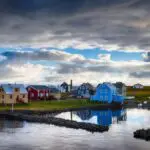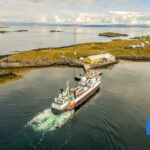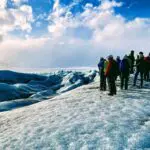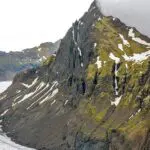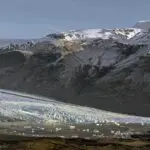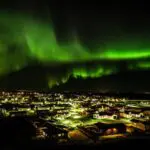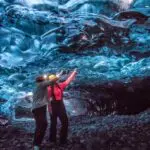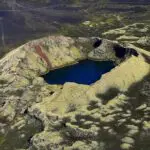Whenever you leave the comfort of your home to go on an adventure abroad, it’s only natural to have some safety concerns.
If you’re heading to Iceland soon, you can rest assured that our country has an outstanding reputation for safety.
No place is perfect, of course. Despite only having a population of around 360,000 people, we still have our crimes like any other nation.
But if you take common sense precautions to protect yourself and your belongings, as you would anywhere else, you’ll remember your trip for all the right reasons!
Joining one of our day tours in Iceland is another way to increase safety while you’re here too.
So, how safe are tourists in Iceland? Scroll down to find out!
And if you have any queries about our day or multi-day tours in Iceland, please get in touch.
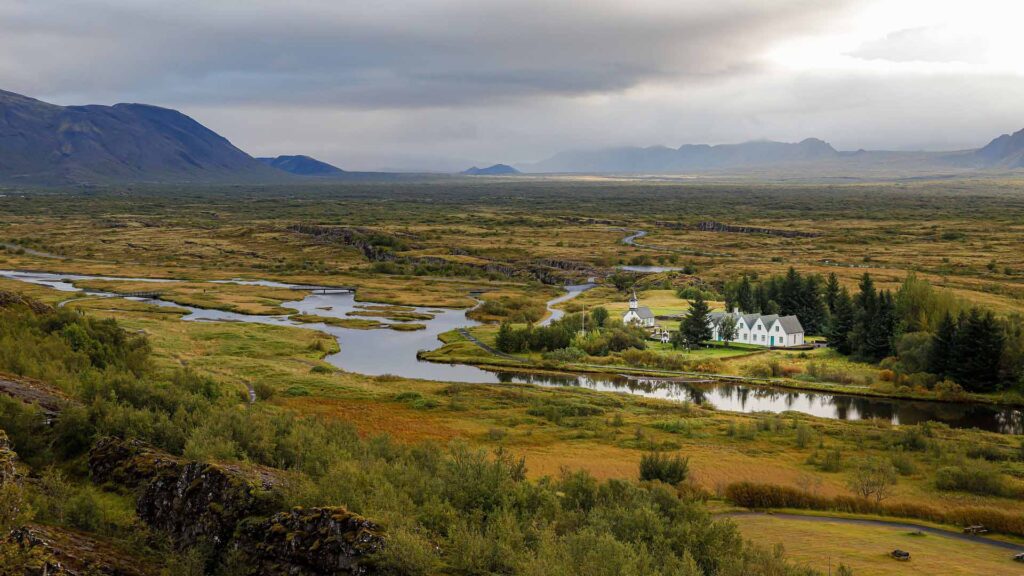
A Closer Look at Tourist Safety in Iceland
Let us start by saying that Iceland is generally considered one of the safest countries in the world. It has been in first place on the Global Peace Index since 2008.
But this is no reason to become complacent. For example, while pickpocketing is not usually a problem here in Iceland, it can still happen if the chance arises.
We recommend you don’t leave your belongings in restaurants, cafés, and open areas because opportunistic thieves will target them.
Are Violent Crimes a Problem in Iceland?
In 2021, there were around 189,000 cases of law-breaking in Iceland. That translates to 518 cases per day or 22 cases per hour.
That sounds like Iceland is rife with crime, but it is worth noting that 62% of those cases were traffic violations.
If we remove them from the equation, the police got about 82 cases per day.
We are not without violent crimes either. During the COVID-19 pandemic, domestic violence increased, a trend in many countries.
And between 1999 and 2018, there were 37 murders committed. In only 8 cases, the persons didn’t know each other.
In all other cases, the victims were spouses, former spouses, friends, or family.
The murder rate was about 0.3 murders per 100,000 people in 2019, while it was about 0.9 per 100,000 in 2011.
Generally speaking, then, the chances of a visitor encountering violent crime in Iceland are incredibly small.
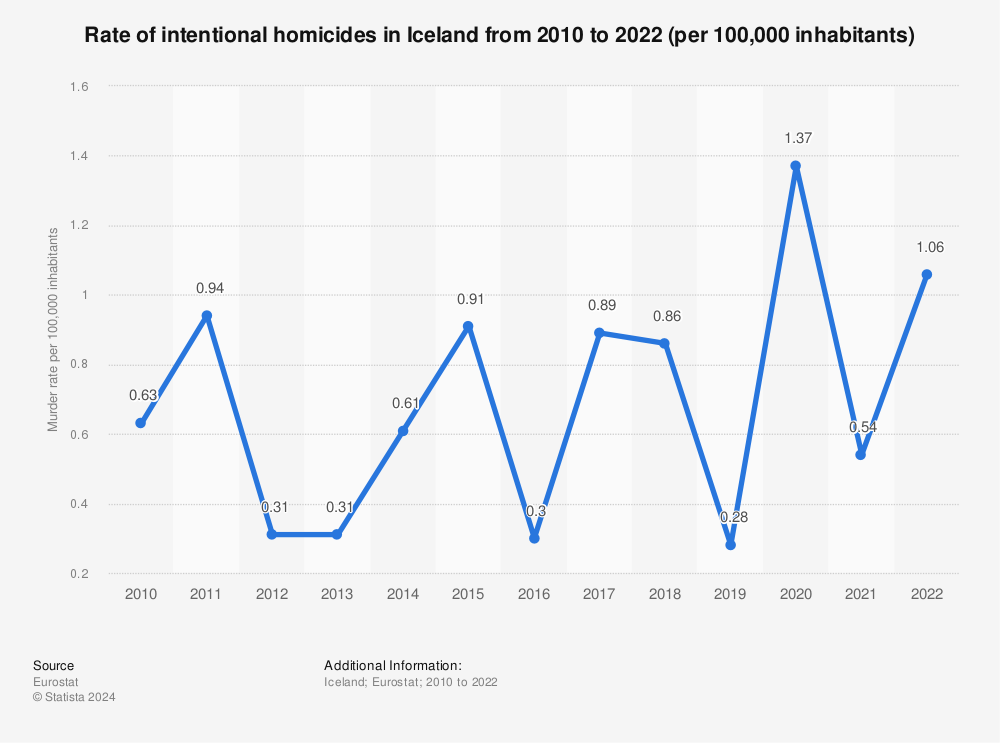
Find more statistics at Statista
Does Iceland Have Natural Disasters?
This is something we, of course, have no control over. Due to our island’s position on the planet, we get frequent storms here, and then there are earthquakes and volcanic eruptions.
The latter is pretty regular; there have been six eruptions in this century already.
Storms are also common, and a record amount of storm warnings (137) were issued in February 2022. It is usually not this bad, but it can happen.
To keep yourself as safe and prepared as possible, we strongly recommend following the Icelandic Met Office and the Icelandic Road and Coastal Administration.
And if conditions do turn during your trip, check out our blog What to do in Bad Weather in Reykjavik so you can still make the most of your time.
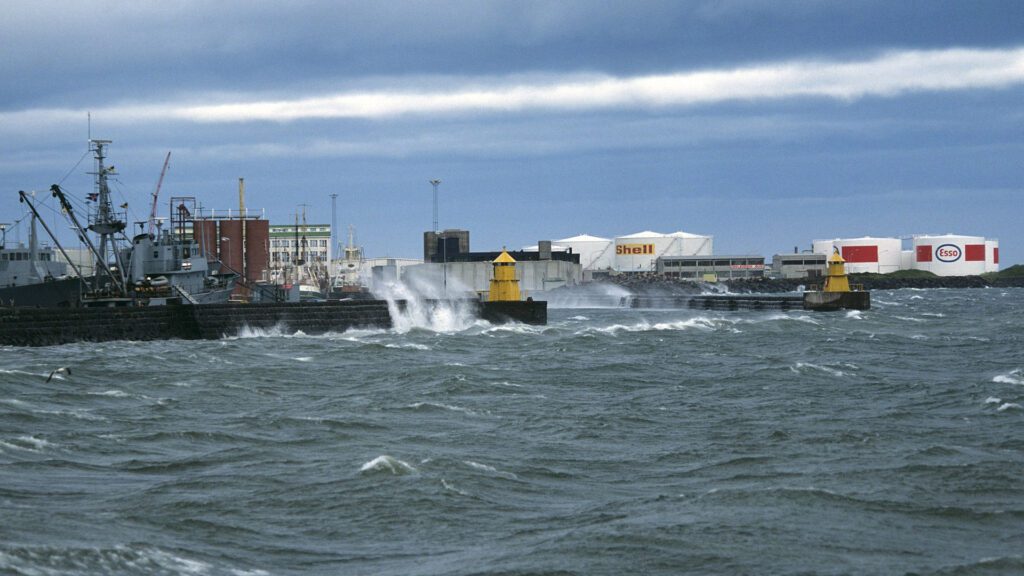
Christian Bickel Fingalo, CC BY-SA 2.0 DE, via Wikimedia Commons
Road Safety in Iceland
When driving in Iceland, always remember to keep your headlights on, no matter the season, even in the summer.
This is a safety issue. You are more likely to notice the headlights before the car itself.
It is also forbidden to drive off-road in Iceland. It’s mostly for protecting our fragile nature, but also to ensure your safety.
Learn more about being a responsible tourist in Iceland.
Beware of Blind Hills
Icelandic roads are narrow and often old. They are also not necessarily straight and flat, and they have quite a few blind turns and blind hills.
The sign covered in the video above means, “Please keep to the far right side of the road. Another car could be coming the other way”.
It’s good etiquette to slow down and keep to the far right of the road since you will not see if someone is coming in the other direction.
And no matter how beautiful the scenery is, do not stop atop the blind rise or just below it.
Single-Lane Bridges
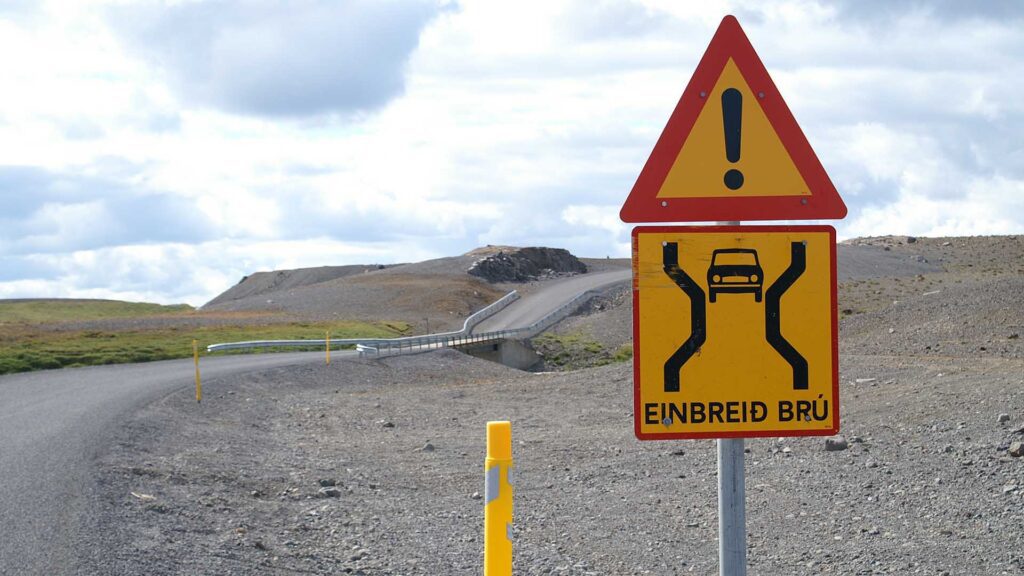
Accidents sometimes happen on and around single-lane bridges in Iceland. In 2022, there were still 32 single-lane bridges on the Ring Road, but the government plans to reduce their numbers to 22 before 2025.
The rule is that the car closest to the bridge’s opening gets to go over.
Check out our blog on tips for driving in Iceland to find out more about staying safe on the road.
Map of Tourist Deaths
Icelander Kristján Hlynur Ingólfsson has spent the last two years compiling all tourist deaths onto a map of the most dangerous places in Iceland.
Of course, tourists die in all countries. Still, for Icelanders, this is all very new.
Mass tourism only started about a decade ago, and this map shows in a very concise way where the most danger is.
The Most Dangerous Areas
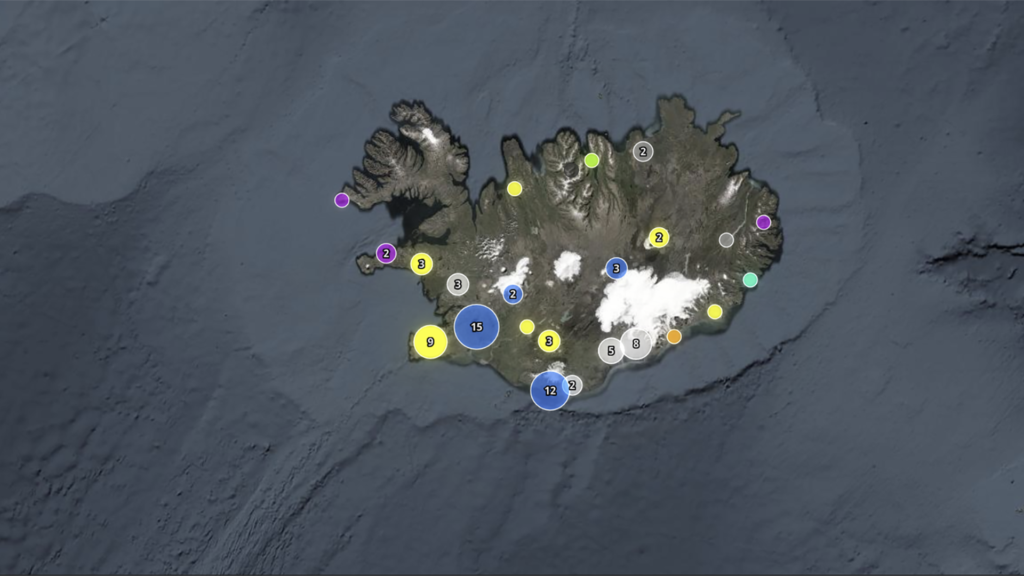
Ingólfsson realized quickly that there were three areas more dangerous than others:
- The area from Reynisfjara Black Sand Beach to the plane wreck on Sólheimasandur Sand
- Þingvallavatn Lake
- The road from Vík to Vatnajökull Glacier
The numbers are probably biased because more tourists travel in South and Southwest Iceland as this is where the Golden Circle and other famous attractions are located.
Read our guide to Iceland’s Golden Circle to learn more about this renowned area.
Reynisfjara Black Sand Beach has hazardous sneaker waves. Due to the composition of the sand and how rapidly the ocean can come onto land, the sneaker waves have unfortunately dragged people out to sea, some never to be seen again.
Another dangerous place is Þingvallavatn Lake. The water is icy and very deep, which makes it difficult to keep afloat if you accidentally fall into the water.
The road from Vík to Vatnajökull is not necessarily more dangerous than other roads, per se.
It is possible that people are more tired when driving it, get blinded by the sun, are mesmerized by the surroundings, and so on.
There’s plenty of great coffee in Iceland and many amazing restaurants outside Reykjavik, so you can always plan rest and refueling breaks in advance.
Sometimes, however, people simply do not drive according to road conditions. This is why we always remind you to check the Icelandic Met Office and the Icelandic Road and Coastal Administration before making a journey.
If there are weather warnings, do what the government recommends. There’s a reason for them.

Enjoy an Unforgettable Experience on Our Iceland Tours!
We hope this blog has answered your question, “how safe are tourists in Iceland?”
If you respect nature, get plenty of rest, and use common sense, you’ll have the time of your life!
Are you ready to start planning your adventure? Browsing our Iceland day trips and tours is the perfect place to start.
For more information about any of the experiences we provide, please get in touch.

